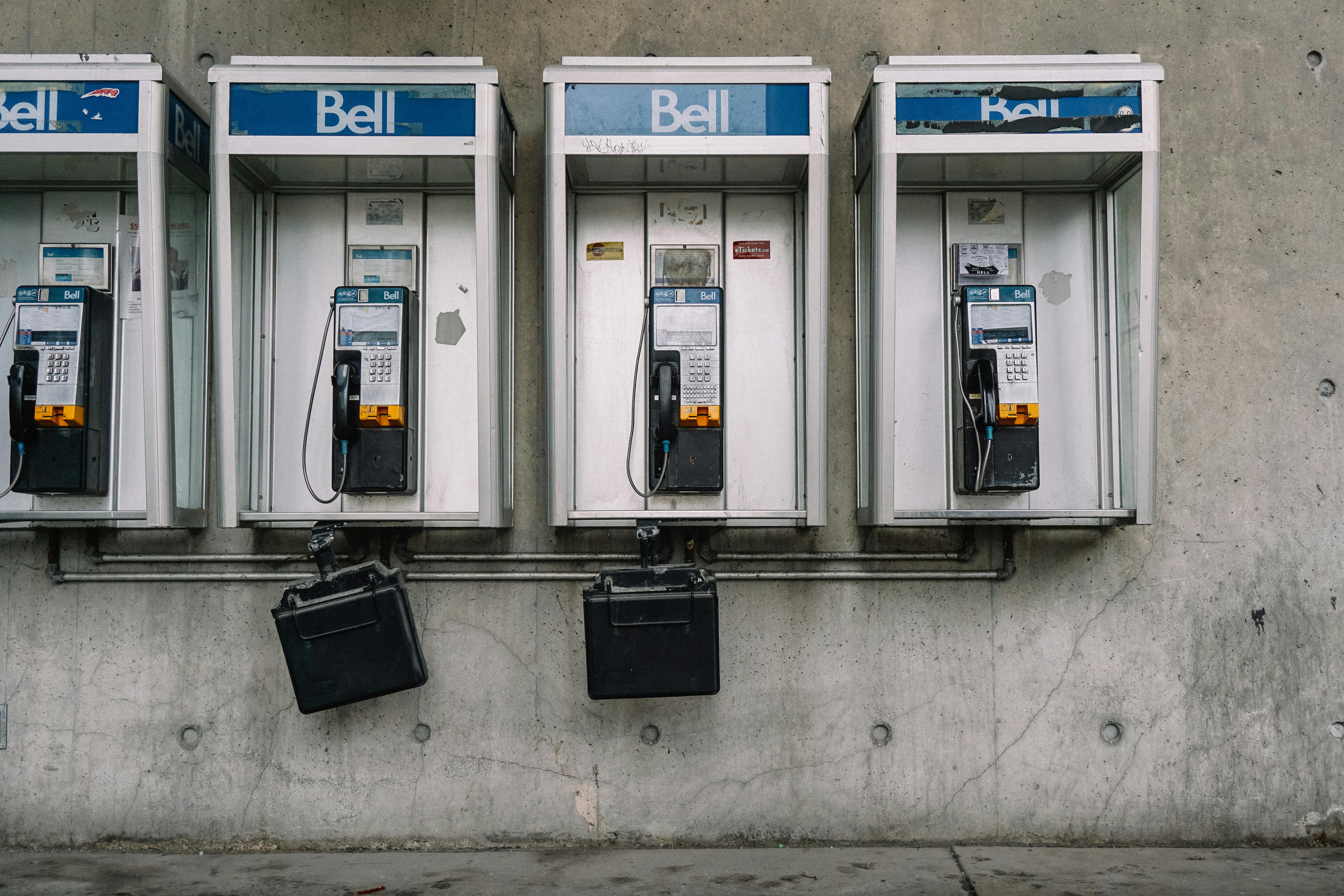“Your vehicle is a Total Loss.” These words, in most cases, generate an immediate controversy between an insured and his insurance company. The main cause of controversy between an insurance company and an insured regarding a total loss is that most people feel that their vehicle is worth more than it is.
A vehicle, although historically not a good investment, is very personal to us. Many of us spend a great deal of time in our vehicles each day and become attached to our car. Many others “trick” their cars and inherently feel that their modifications increase the value of the car.
I thought it might help some people if they heard exactly how an insurance company sees this and how they go about compensating you for your car in the event that it is found to be a total. There are typically two main things involved in understanding this process: what exactly a total loss is, and how a car’s value is determined. In this article I am going to discuss and define a total loss from the perspective of an insurance company.
So what exactly does it mean when your insurance company deems your vehicle a total loss? In general, there are two types or measures if you will when making this determination: Financial or Economic Total Loss and Obvious Total Loss.
Total Financial or Economic Loss
A vehicle is often declared a Total Economic Loss when the cost of repairs exceeds the value of the vehicle, plus sales tax, less your deductible. I’m sure you’ve heard that there is a percentage that is used to determine if a car is a total economic loss. You have probably heard numbers from 50% to 70% or more. This is true, however, it is important to know that not all states set an actual percentage and for states that do not set percentages, it is up to the insurance company to determine what that percentage will be.
Although all insurance companies that are free to set this number for themselves are different, a common number you will hear is 70%. What does that mean exactly? I thought a quick illustration might help:
Market value $15,000
Plus tax $1,050 (7% used as an example)
Subtotal $16,050
Less Deductible $500
Total Loss Value $15,550
Cost of repairs $11,662
Repairs are 75% of value
In the example above, your insurance company would likely determine your vehicle to be a total economic loss. One thing to remember is that if you get paid for the value of your vehicle, the insurance company will hold onto the damaged or salvage vehicle and then sell it to a provider. Most insurance companies have negotiated contracts with salvage buyers and will use that avenue to recover some of the money paid for the total loss. In the example above, your insurance provider would know that your car had a residual value of $3,000 (example). So, in making their total loss decision, they would take this amount into account and subtract it from the total amount paid of $15,550, bringing your net cost to $12,550.
Another brief point worth noting is that your insurance company will also take into account additional estimated damage if your car were to be repaired. In my experience as an adjuster and claims administrator, additional or supplemental damage/repairs are often identified once the car begins the repair process. These damages are often discovered on “teardown” or after parts of the vehicle are removed and the additional damage is more visible. In many cases, there will almost certainly be additional damage based on visible damage, however, an adjuster will only write from what they can see and note that additional damage is likely.
ObviousTotal Loss
An Obvious Total Loss or OTL is where the damage to a vehicle is so extensive in terms of repair and/or jeopardizes the structural integrity of the vehicle with a repair, that the car is determined to be an OTL. Some examples of an OTL are:
- fire damage
- Roll over
- in the robbery
- extensive water damage
- High impact frontal collision
- T-Bone or hard hit to the side of a vehicle at the center point
In most cases, a claims adjuster will not have the direct authority to determine that a vehicle is an OTL. Both insurance companies I worked for required a manager’s approval to make this call. With today’s technology, that can easily be done in the field by simply sending a few detailed photos to a claims administrator or property damage administrator. In this case, there is not necessarily a repair cost but the valuation process is the same.
We hope this helps you understand what it means when you are told your car is a total loss. Your insurance claims adjuster should explain all of this to you, however having a basic understanding will certainly help if he finds himself in this situation.
